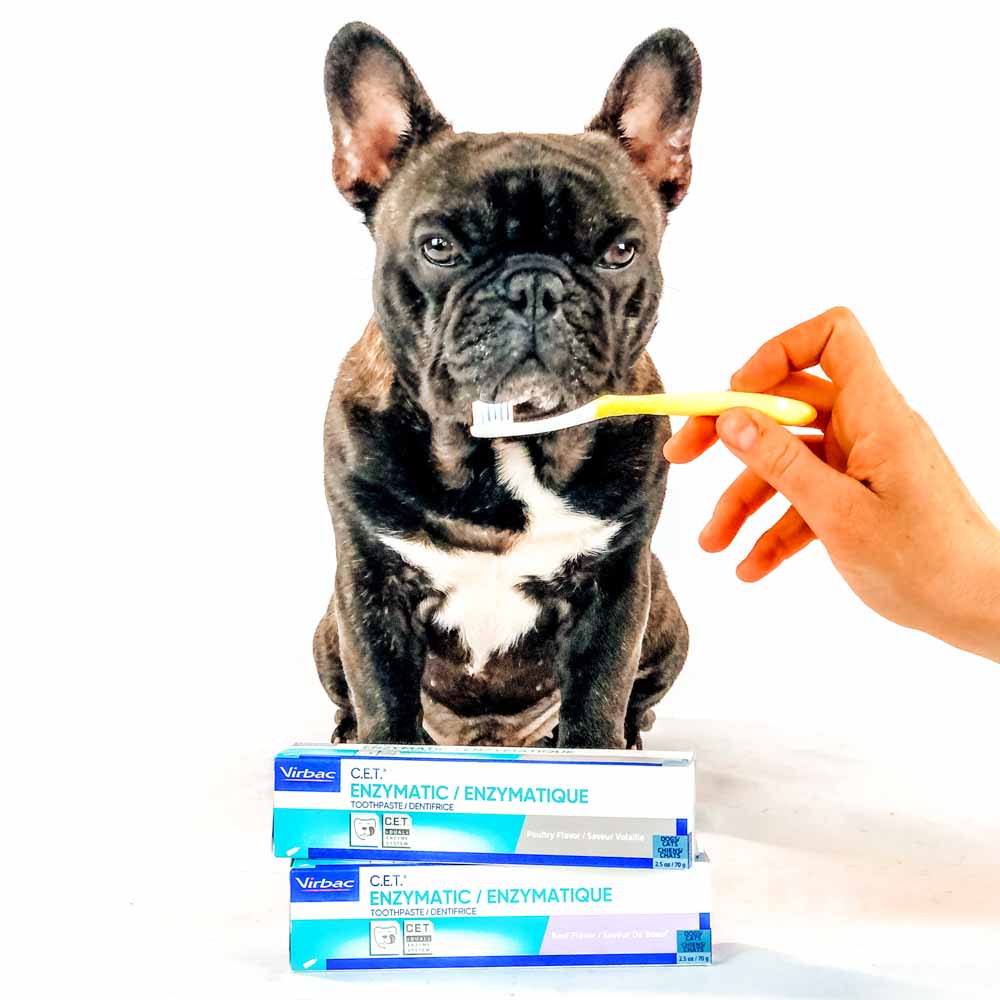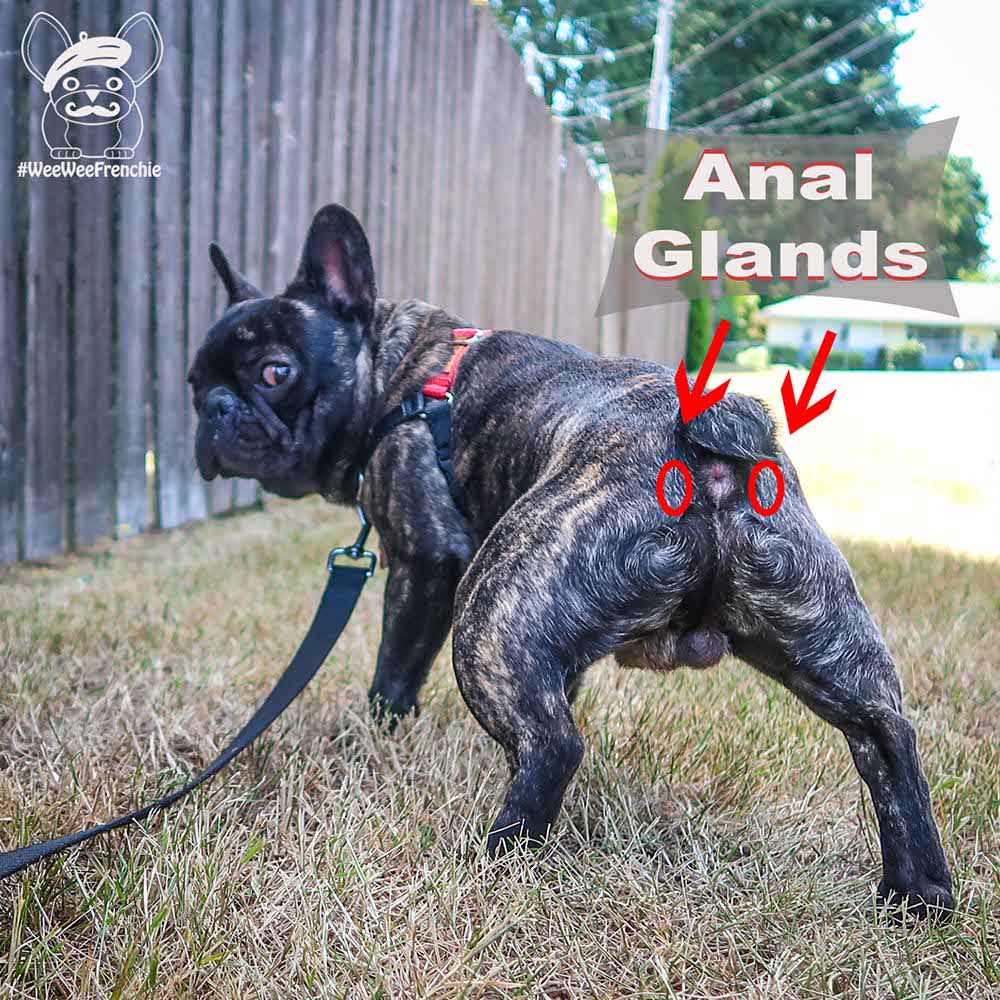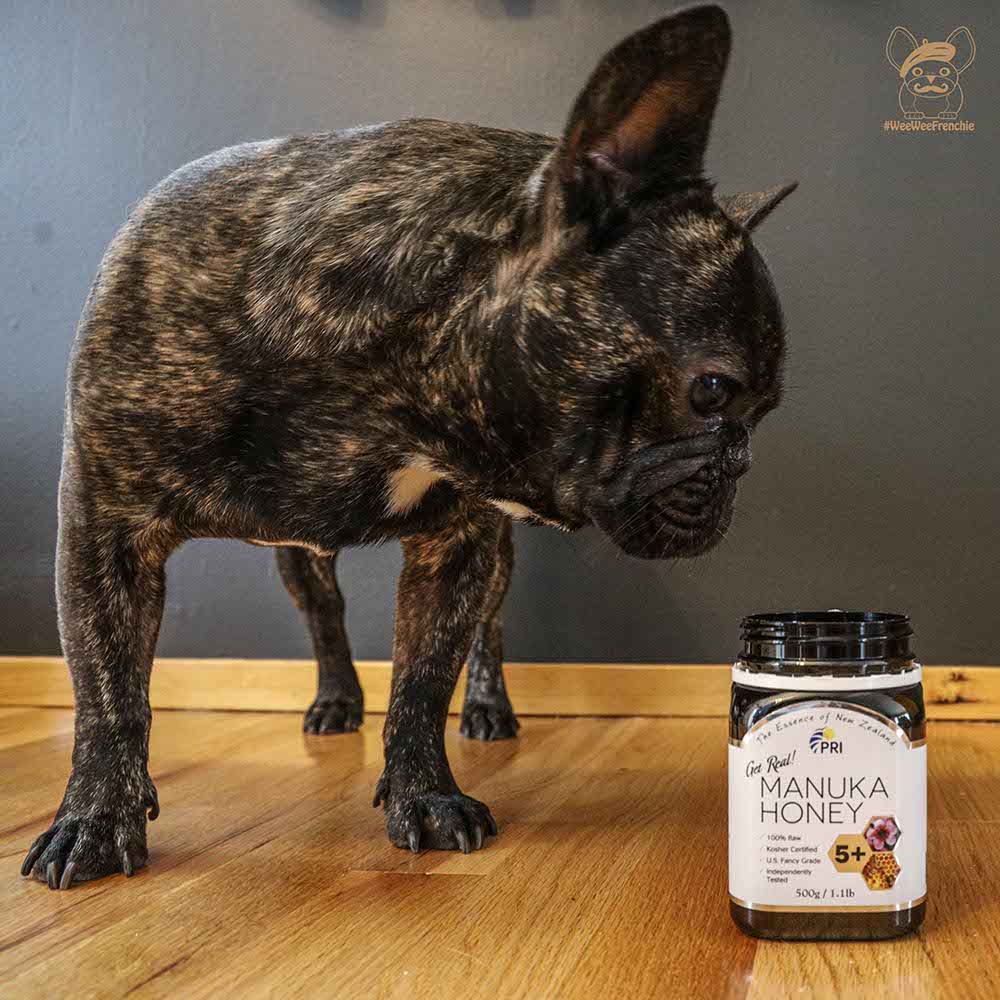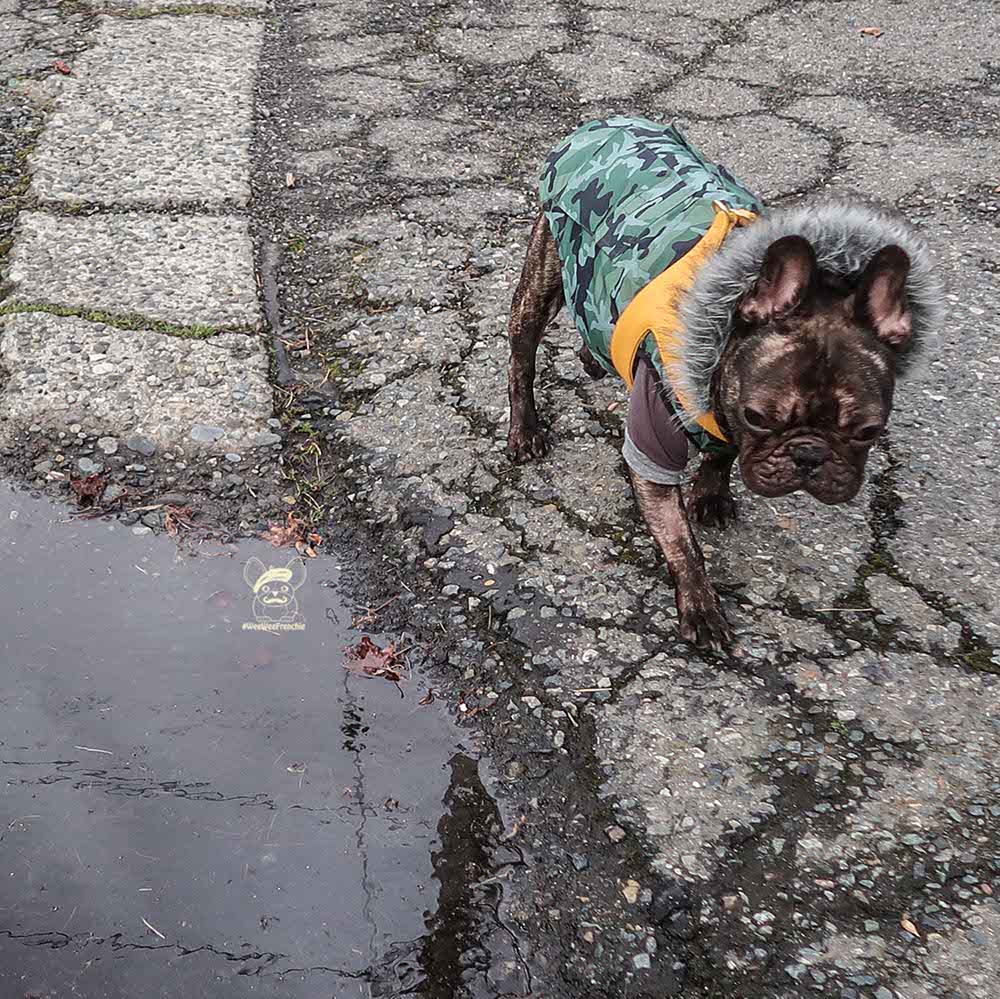Is a Collar or Harness Better for Your Dog?
When getting a dog, it is essential to make sure you are doing what is best for your pet’s health and growth development.

When getting a dog, it is essential to make sure you are doing what is best for your pet’s health and growth development. As you begin talking to friends and family about adding to your family, and it is easy to be quickly bombarded with opinions, suggestions, and a shopping list for your new dog that is not even home yet. As the adoption date nears and anxiety begins to mount, you may hurriedly shop for the essentials like food, feeding bowls, collar, and leash, but what is going to be the best for your dog? Today, we will focus on one of the most important accessories for your dog. Is a dog collar or is a harness better for your dog?
I have to be honest. I never really understood why a collar was much different than a harness. It seemed basic enough that all was needed was a restraint for your dog when out walking. Now that I am a dog owner, I realize how wrong I was. There are some major differences between a collar and harness, which we will review now.
Collars

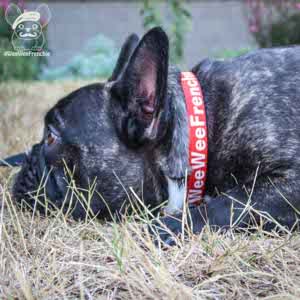
Collars can be good if your dog does not like the feeling of a harness. For the impatient dog, a collar is easier to put on your dog and remove. If using collars, there is always a large ring for identification and vaccination tags, making them easy to carry with your dog. However, having a collar can make training more difficult since dogs can pull, making it less likely for you to regain control of your dog.
Also, if your dog is a jumper or puller, having a collar can increase the likelihood of neck injury, eye injury, and, possibly, thyroid issues. For short snouted dogs, having pressure around the neck can increase the intraocular pressure of the eye leading to eye damage or worsening of previous eye disease, like glaucoma. Collars can also lead to damage of the thyroid gland since it is located in the neck. Even if your dog is well-behaved, there is always a risk that as an owner, you could pull your dog out of harm’s way by yanking on the leash. This reaction could also lead to neck injury as you attempted to keep your dog safe from harm. It does not seem like collars are the best choice for your dog unless you have an older and/or slower dog in general, right?
Harnesses
A dog harness can be a great training tool, especially if you have a younger pup. Harnesses do not carry a risk of increasing eye pressure or causing neck and thyroid injury. For short snouted dogs, who may already have issues with breathing, using a harness does not restrict airflow, unlike a collar. When using a harness, it can also prevent jumping and pulling since you can utilize the front hook.
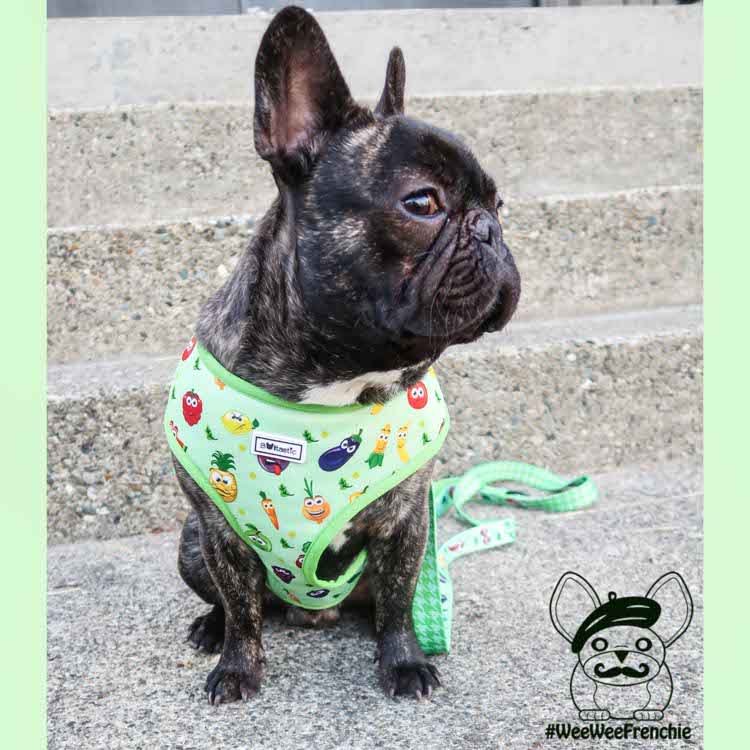
Several harnesses are made with a back hook and a front hook. The back hook is on the top of the harness, in between your dog’s shoulder blades. This is usually where most people would hook the leash. Although this is an effective way to walk your dog, it can lead to more pulling and jumping versus if using a front hook.
When attaching your leash to the front hook, it forces your dog to walk with you rather than pulling you. This is because the harness will shift, bunch up, and become uncomfortable as your dog tries to outrun you. In order to keep the harness in the correct position, dogs will usually correct their walking if misbehaving, and the hope is that they will slow down when using a front lead so that they learn to walk with you. In saying this, my Frenchies can still pull me when using the front hook on a harness but it is less frequent than when using a collar.
The cons of using a harness is that your dog may not like the fit of a harness. My French bulldog, Cooper, does not like having anything bulky on him. That means every time he wears a shirt or bulky harness, within five minutes, he is rolling on the ground, attempting to make it as dirty as possible to protest my idea of even putting it on him. Needless to say, that is also why he used a collar for the first 3 years of his life.
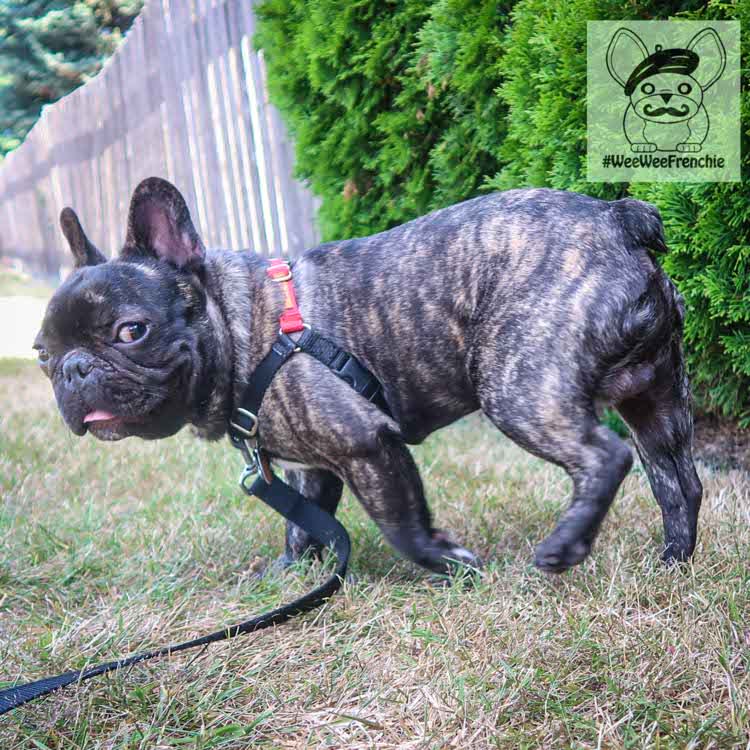
If you have a dog like Cooper, there are several brands of harnesses on the market and some are more simpler than others. After getting Phoenix, my 10 month old French bulldog, and seeing how well he was doing with his harness, we decided to reintroduce Cooper to using a harness. To our surprise, getting a simple, non-bulky harness, like the Wonder Walker, has been a big improvement for Cooper. He does not roll on the ground in protest, and I have more control over him when walking. Cooper is still a puller on walks but he is getting better about walking with me versus down the road from me.
So when it comes to a harness versus a collar, it depends on your dog’s personality, and what are you trying to accomplish. If you have a younger puppy that you are trying to train, then using a harness will be better. An older, calm dog may be more comfortable in a collar. If your dog is a fashionista, using a harness can make more sense since they come in a huge array of styles, designs, and colors. If your dog is an outside dog, make sure a collar is properly fitted on your dog to minimize any accidents such as getting caught on hooks or edges. After reviewing the pros and cons of collars and harnesses, we hope you make the best decision for what is right for your dog. As always make sure to discuss options with your vet, so that a collar or harness is chosen based on size, age, and health of the dog.

